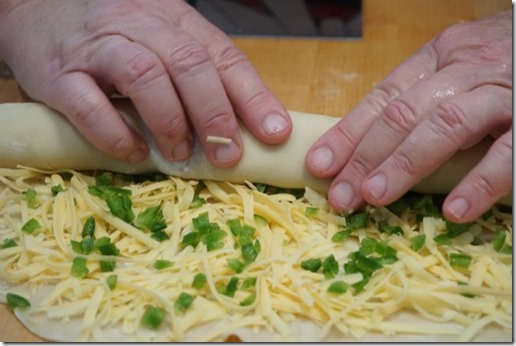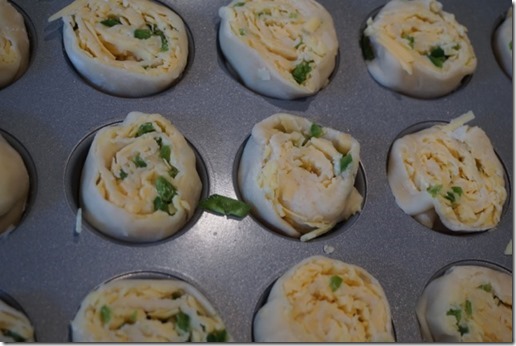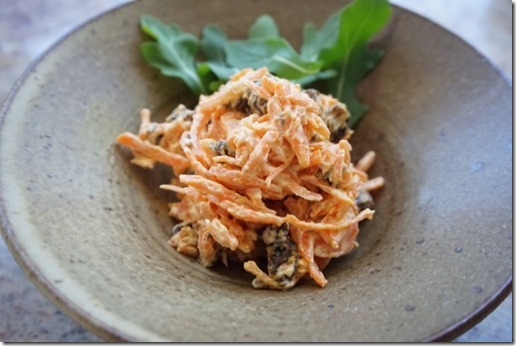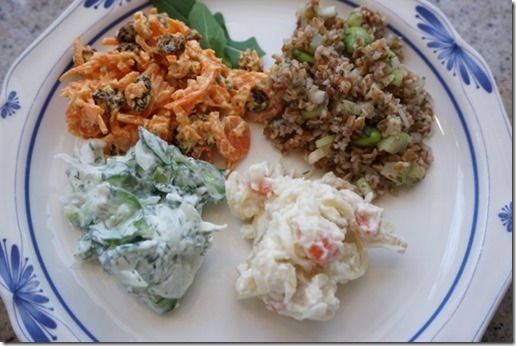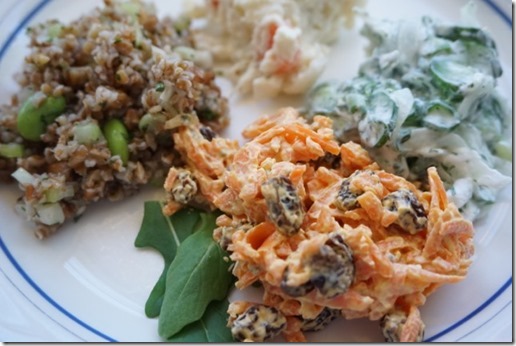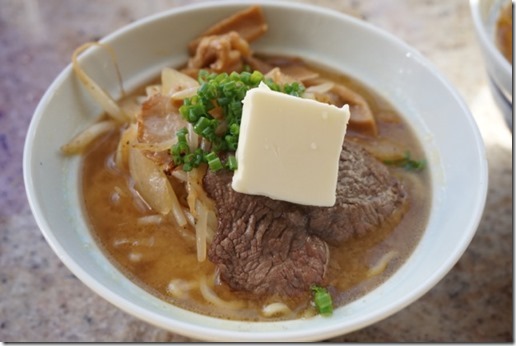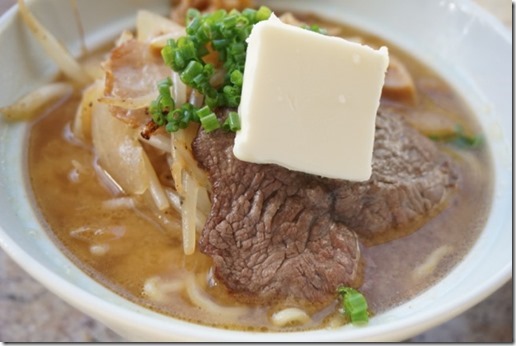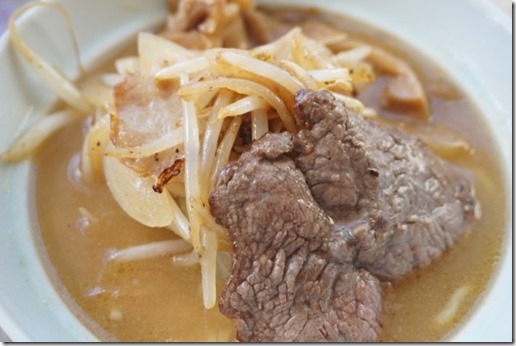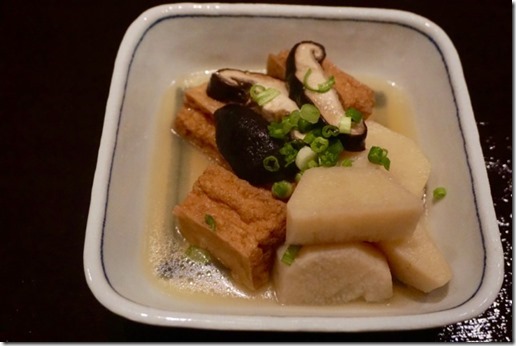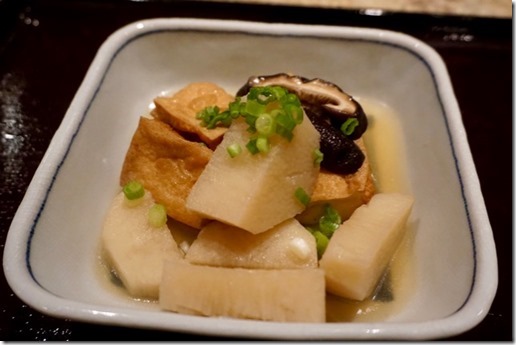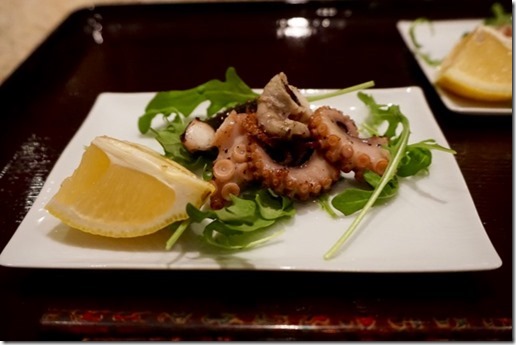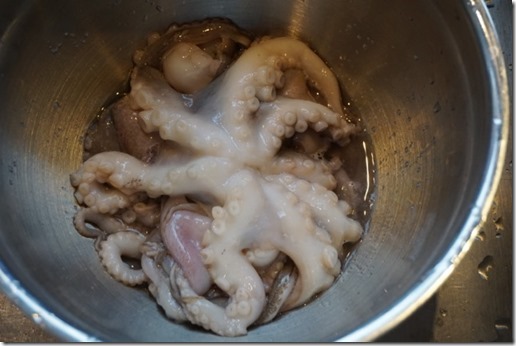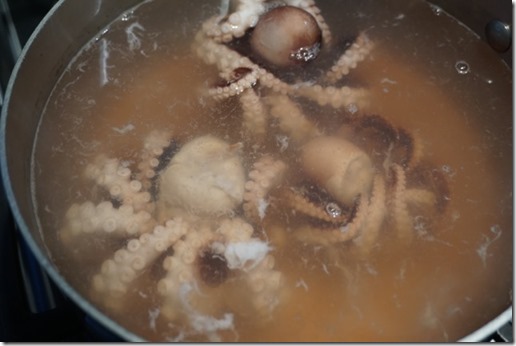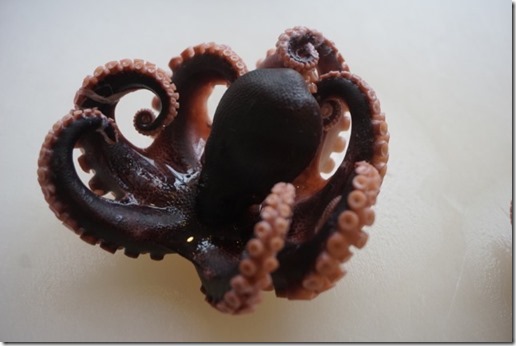
I also quickly made the sauce from leftovers. I had some tomato sauce which I made a few days before for pizza. I just added cream to the sauce to change the flavor profile and consistency. The Japanese udon noodles were also cooked a few days ago.

I garnished it with chopped parsley and grated parmigiano-reggiano.
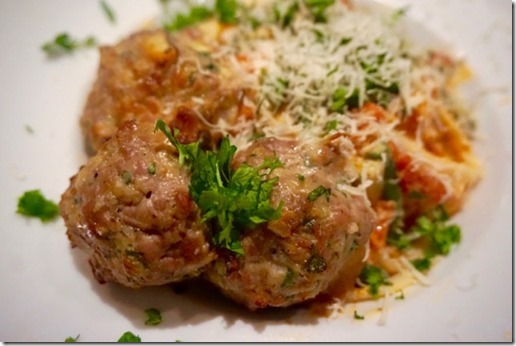
Meat balls:
1 lb ground pork: I hand chopped the trimmings of two pork tenderloins.
1 large shallot finely chopped
3 medium fresh shiitake mushrooms, stem removed and chopped
1 tsp olive oil
1/2 cup or more panko bread crumbs
2-3 eggs, the amount of panko and eggs depending on the consistency of the mixture
I sautéed the shallot, shiitake mushrooms in a frying pan with olive oil for several minutes, seasoned with salt and pepper. After it cooled down to room temeprature, I mixed it into the ground pork and added dried oregano, basil, salt, pepper, panko, and eggs and mixed well by hand. I like the mixture to be rather soft, I adjusted the amount of panko and eggs to get the right consistency.
Using a medium sized, ice cream scoop, I placed a scoop full of the mixture on an oiled baking sheet. I added a small amount of olive oil and shaped it into balls. I put them in a preheated 350F oven for 20-30 minutes. I like the meat balls that are rather eggy. When done, they are not perfectly shaped spheres; the bottoms are flat and the tops rounded but somewhat irregular. Nonetheless I prefer this "artisanal" shape to dry dense perfectly shaped meat balls.
Tomato sauce:
2 large cloves of garlic, finely minced
1/2 medium onion, finely diced
3 tbs olive oil
2 14oz can of whole tomato, crushed by hand
dried oregano, basil, hot red pepper flakes, salt and black pepper to taste
I first sautéed the onion and garlic on low heat for a few minutes and added the tomato which was crushed by hand and excess liquid drained. When it started simmering, I added the seasoning and simmered for at least 30 minutes or longer depending on how much liquid I started with. When I have time, I add more liquid from the canned tomato and cook longer. If too acidic, I add a bit of sugar to the sauce.
Noodles: I just used dried "Sanuki" udon and cooked it boiling water for about 13 minutes as per package instruction.
In a frying pan on medium low flame, I added the tomato sauce and meat balls. When they were warmed up, I added cream and mixed. The amount of cream is to your liking. I then added the udon noodles until the sauce clung to the noodles and warmed up. I served the noodles with three meat balls per serving and topped it with a bit of fruity olive oil, parmigiano-reggiano, and chopped parsley. My wife sprinkled a bit more salt on hers. Since, everything was prepared ahead, putting together this dish was easy and quick. By adding cream, acidity of the tomato sauce was further reduced. It was very satisfying comfort meal.




